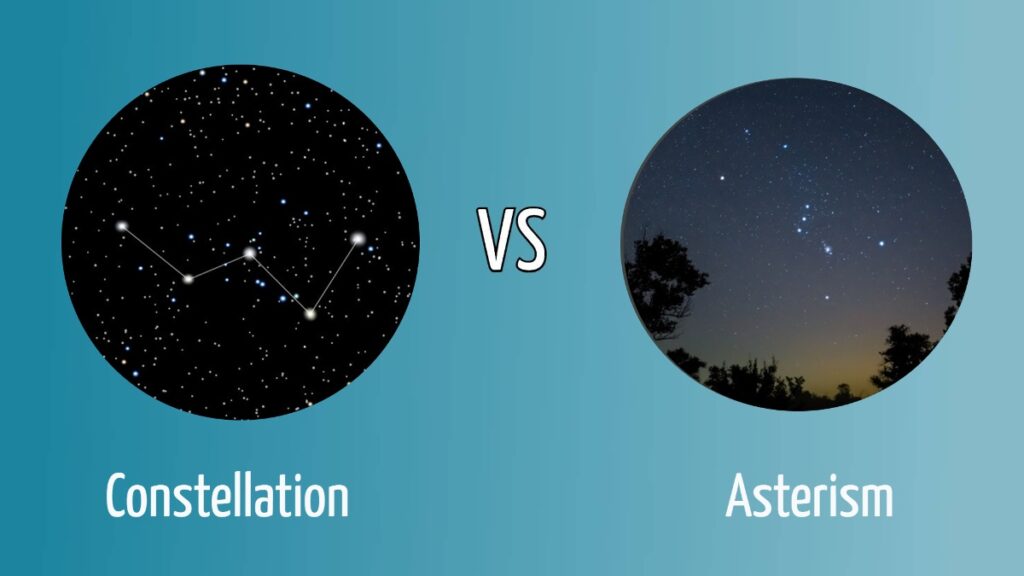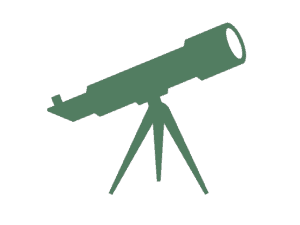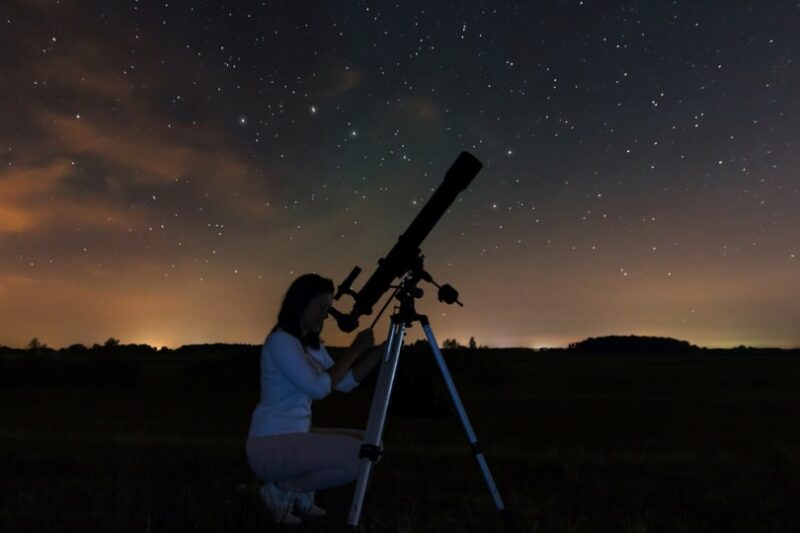Constellation vs. Asterism: What’s the Difference?
Last Updated on

Constellations and asterisms are both groups of stars, but there is a minor difference between them. However, before the 20th century, these terms were used interchangeably for star patterns.
The International Astronomical Union (IAU)1 adopted 88 modern constellation boundaries in the 1920s. After that, constellations became specific star areas in the celestial sphere. On the other hand, asterisms retained their initial meaning of star patterns.
Constellations are officially recognized by IAU, while asterisms are not. If you’re interested in knowing more differences, keep reading this guide to learn exciting facts about both terms.

Overview of Constellations

A constellation is a star group that the IAU defined in the 1920s. Currently, 88 constellations are spread throughout the night sky. Each of them is represented by some sort of animal, human, object, or mystic figure.
Fifteen constellations appear as animals, including a wolf and bull, while eight seem like birds, including a peacock and toucan. Nine are water-based, featuring a dolphin, sea monster, and crab.
Twenty-eight constellations look like an object, such as a harp, compass, clock, cross, and microscope. The remaining constellations feature different mythical creatures, insects, and flies.
Remember that constellations don’t appear as a specific object. Instead, you must pick up a pen or pencil and make dot-to-dot lines from one star to another. Once done, you’ll have a particular shape for each constellation.
Constellations are specific regions in the sky. So, for example, when you talk about the Taurus or Gemini constellation, you’re actually discussing an entire area in the sky. The stars in these areas are like small cities, sparkling far away.
Examples of Constellations
There are a few constellations that you can see from the Earth, while others may not be that visible. Some of the most-renowned constellations in the night sky are:

- Ursa Minor
- Leo
- Draco
- Cassiopeia
- Gemini
- Taurus
- Sagittarius

Overview of Asterisms

An asterism can be a part of a constellation. It is a star pattern that the IAU doesn’t officially recognize. Asterisms, like constellations, are also arranged in different shapes, animals, objects, and humans.
The Big Dipper is an asterism located within the Ursa Major constellation. Almost all stars of this asterism come within the constellation Ursa Major.
Similarly, the three stars of the asterism, Summer Triangle, are present in three different constellations: Altair is in Aquila, Vega is in Lyra, and Deneb is in Cygnus.
The Orion belt is an example of asterism. Its three stars (Alnitak, Mintaka, and Alnilam) are present in Orion’s constellation. You can easily spot Hunter’s main asterism, with star Betelguese at the shoulder and another star Rigel at the knee.
An asterism can have numerous smaller ones within it or be a part of one prominent constellation. It can have hundreds of stars or only two or three stars. People use asterisms to find and spot different constellations.
Examples of Asterisms
We have already discussed a few popular asterisms, but that’s not it. There are many other asterisms in the sky, such as:
- Great Diamond, consisting of four stars. Spica is in the constellation Virgo, Arcturus in Bootes, and Regulus and Denebola in Leo.
- The Coathanger
- The Lozenge, a cross-border asterism. It consists of three stars: Eltanin, Rastaban, Grumium (from Draco’s head), and one from Hercules’ foot.


Can an Entire Asterism Be a Part of Constellations?
As we discussed, stars of many asterisms can be a part of constellations. But the question is: Can an entire asterism become a part of a constellation? Yes, an entire asterism can be present in a constellation.
Summer Triangle and the Big Dipper are the biggest examples of such asterisms. Some other asterisms included in constellations are:
- The Teapot asterism in the Sagittarius constellation.
- The Pleiades is in the Taurus constellation.
- The Little Dipper is in the Ursa Minor constellation.
- Orion’s Belt is in the Orion constellation.
- The Southern Cross is in the Crux constellation.
- The North Star is in the Polaris constellation.
- The Seven Sisters is in the Pleiades constellation.
- The Kite is in the Boötes constellation.
Therefore, some asterisms can have a few stars in constellations while the rest are entirely present in them.

Constellations vs. Asterisms: Are They the Same?
A constellation must fulfill some points to become officially recognized by the IAU.
Firstly, it should have stars present close to each other with respect to their distance from the Earth. This is essential to make sure that the stars in a group making up a proposed constellation are somehow present nearby physically. They shouldn’t just look like they are close to each other from the Earth.
Secondly, a constellation should be unique, distinct, and easily recognizable. It is usually possible when a group of stars has a defined boundary or border. It is helpful for people looking to map constellations and spot stars in the night sky.
Thirdly, a constellation shouldn’t overlap an existing constellation. It helps people quickly draw lines between the stars and identify the constellations. When a star group is present at a considerable distance from one another, it eliminates confusion.
Asterisms are typically smaller star groups, while constellations comprise an entire region of stars consisting of multiple asterisms.


Summing Up
Constellations and asterisms were used for star groups in the night sky before the 1920s IAU list of 88 modern constellations. But as the constellation boundaries got defined, asterisms and constellations started referring to different types of star groups.
An asterism is a pattern of stars loosely present close to each other. It doesn’t have a definite boundary and is a relatively modern term. Asterisms can be a part of a constellation.
On the other hand, a constellation is an officially recognized region consisting of stars in a definitive boundary. It has roots within ancient Greek mythology.
Featured Image Credit: (L) dore art, Shutterstock | (R) Yuriy Kulik, Shutterstock
About the Author Robert Sparks
Robert’s obsession with all things optical started early in life, when his optician father would bring home prototypes for Robert to play with. Nowadays, Robert is dedicated to helping others find the right optics for their needs. His hobbies include astronomy, astrophysics, and model building. Originally from Newark, NJ, he resides in Santa Fe, New Mexico, where the nighttime skies are filled with glittering stars.
Related Articles:
How to Clean a Refractor Telescope: Step-by-Step Guide
How to Clean a Telescope Eyepiece: Step-by-Step Guide
How to Clean a Rifle Scope: 8 Expert Tips
Monocular vs Telescope: Differences Explained (With Pictures)
What Is a Monocular Used For? 8 Common Functions
How to Clean a Telescope Mirror: 8 Expert Tips
Brightfield vs Phase Contrast Microscopy: The Differences Explained
SkyCamHD Drone Review: Pros, Cons, FAQ, & Verdict
